In today’s fast-paced industrial landscape, material handling equipment is the backbone of efficient, safe, and productive operations. Whether you’re running a warehouse, managing a construction site, or overseeing manufacturing, the right tools and systems for moving, storing, and protecting materials are not just helpful—they are essential.
But what exactly makes material handling equipment so important? And how does it impact the broader goals of safety, productivity, and cost-efficiency?
In this comprehensive article, we’ll explore the importance of material handling equipment, its types, benefits, and how it enhances operations across various industries. Drawing inspiration from this article, we’ll provide a structured, SEO-optimized breakdown using real-world examples and semantic keywords.
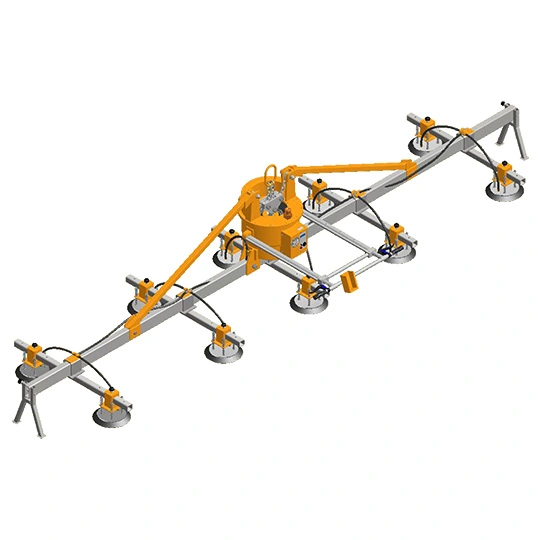
Table of Contents
ToggleWhat Is Material Handling?
Before understanding the value of the equipment involved, it’s essential to grasp the core concept of material handling. It refers to the movement, protection, storage, and control of materials throughout manufacturing, warehousing, distribution, consumption, and disposal.
To explore this topic in depth, check out:
👉 What Is Material Handling? Types, Equipment, Functions, Safety, and Warehouse Optimization
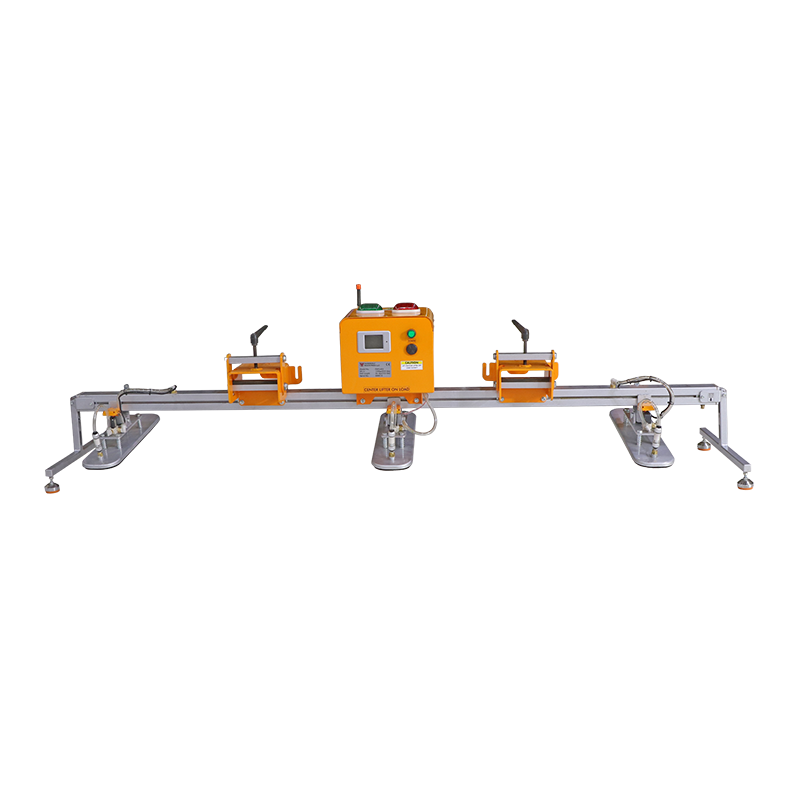
Why Is Material Handling Equipment So Important?
✅ 1. Boosts Operational Efficiency
Modern-day operations rely on speed and accuracy. With tools like automated material handling systems, forklifts, and conveyors, businesses can move goods more efficiently, cut down on labor hours, and increase throughput.
Examples:
- Conveyors for material handling streamline the transfer of goods across production floors
- Forklifts for material handling load and unload materials faster than manual labor ever could
✅ 2. Enhances Worker Safety
Handling materials manually increases the risk of injury—especially in bulk and heavy-duty applications. Equipment such as cranes and hoists, vacuum lifters, and material handling carts and trolleys help prevent overexertion, slips, and falls.
See related safety advice:
👉 Loose Clothing Is Best to Wear When Handling Material?
Also explore:
👉 How Does Material Handling Impact the Human Labor Force?
✅ 3. Supports a Wide Range of Industries
Material handling equipment is not one-size-fits-all. It’s tailored to the needs of multiple industries, including:
- Material handling in logistics – focuses on rapid loading, unloading, and distribution
- Material handling in construction – requires rugged cranes and hoists and bulk systems
- Material handling in food industry – emphasizes hygiene, speed, and compliance
- Pharmaceutical material handling systems – demand contamination control and precise delivery
✅ 4. Reduces Product Damage
Using proper equipment minimizes the risk of dropping or mishandling products. For example:
- Aardwolf slab lifters are specifically designed to lift stone slabs safely
- Vacuum lifters are ideal for fragile surfaces like glass or tiles
These tools ensure materials arrive intact and ready for use, reducing costly waste.
✅ 5. Increases Space Utilization
Efficient warehouse material handling equipment allows you to better organize vertical and horizontal space. With the right storage systems and overhead material handling systems, businesses can:
- Maximize rack storage
- Decrease clutter in aisles
- Improve navigation and accessibility
✅ 6. Improves Scalability and Flexibility
As businesses grow, their material handling needs evolve. The right equipment enables easy scaling of operations without a complete system overhaul.
- Add automated material handling systems for 24/7 operation
- Use mobile material handling carts and trolleys to adapt to changing layouts
- Opt for low-cost material handling solutions for small businesses to grow on a budget
Common Types of Material Handling Equipment
🔧 Manual Material Handling Tools
- Pallet jacks
- Dollies
- Trolleys
Best used for light loads and short distances.
🏗️ Heavy-Duty Material Handling Solutions
- Forklifts
- Cranes
- Hydraulic lifts
These support bulk items and intense workloads.
🔄 Automated Systems
- Robotics
- Conveyors
- Smart picking systems
Ideal for high-volume and accuracy-demanding operations.
Material Handling in Specialized Settings
🏭 Material Handling for Manufacturing
Supports production lines with continuous supply and waste removal.
🏪 Material Handling for Warehouses
Facilitates inventory movement, order picking, and shipping logistics.
🏗️ Material Handling in Construction
Deals with irregular terrain, outdoor elements, and structural materials.
🧬 Pharmaceutical Handling Systems
Demand cleanroom-grade equipment and airtight process control.
Choosing the Right Equipment: What You Need to Know
When selecting tools for your operation, consider:
- Load type and weight
- Space availability and layout
- Frequency and distance of movement
- Regulatory and hygiene requirements
- Cost and maintenance overhead
Learn more here:
👉 Material-handling Equipment
How to Improve Material Handling Efficiency
Efficiency isn’t just about speed—it’s about balancing performance, safety, and cost. Here’s how to improve it:
- Train your staff with proper material handling training programs
- Maintain equipment to avoid downtime
- Automate where possible for repetitive tasks
- Redesign workflows using smart material handling system design considerations
Additional Considerations
- Used material handling equipment for sale can be a cost-effective option when purchased from trusted material handling companies near me
- Compliance with material handling safety standards protects workers and reduces liability
- Evaluating automated vs manual material handling options helps you future-proof operations
Final Thoughts
The importance of material handling equipment cannot be overstated. It’s the invisible engine that drives everything from manufacturing lines to warehouse shipments. By choosing the right equipment and using it properly, you gain:
- Improved efficiency
- Safer operations
- Lower costs
- Greater flexibility
- Happier, healthier employees
Whether you’re upgrading your warehouse material handling equipment or starting with low-cost material handling solutions for small businesses, every investment in handling gear is a step toward a safer and more productive workplace.

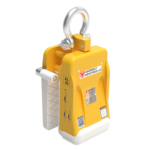
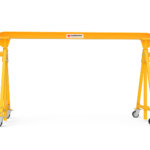
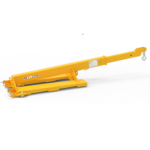
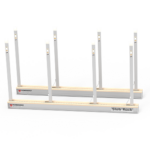
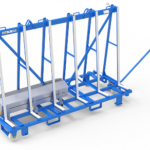

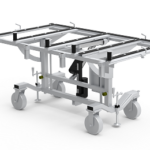
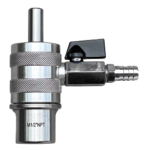
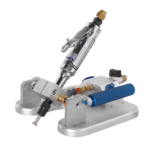
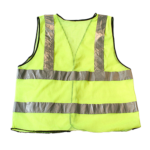

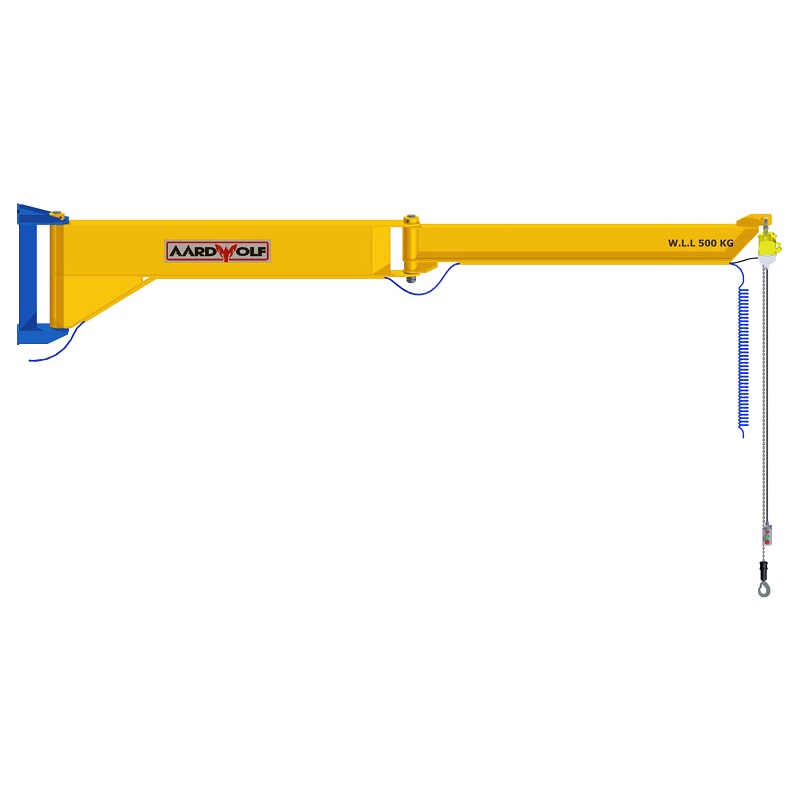
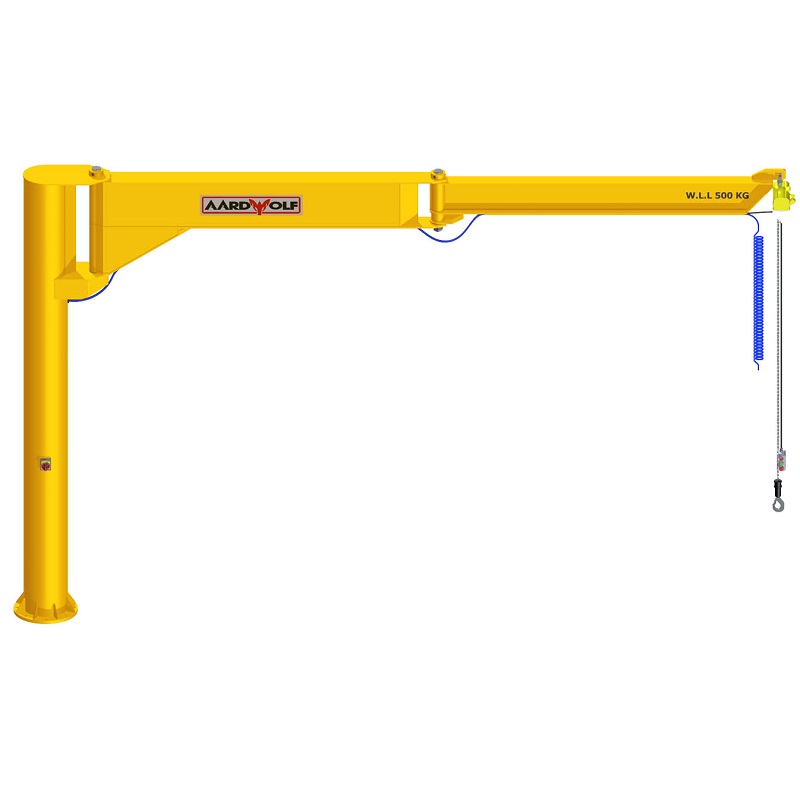
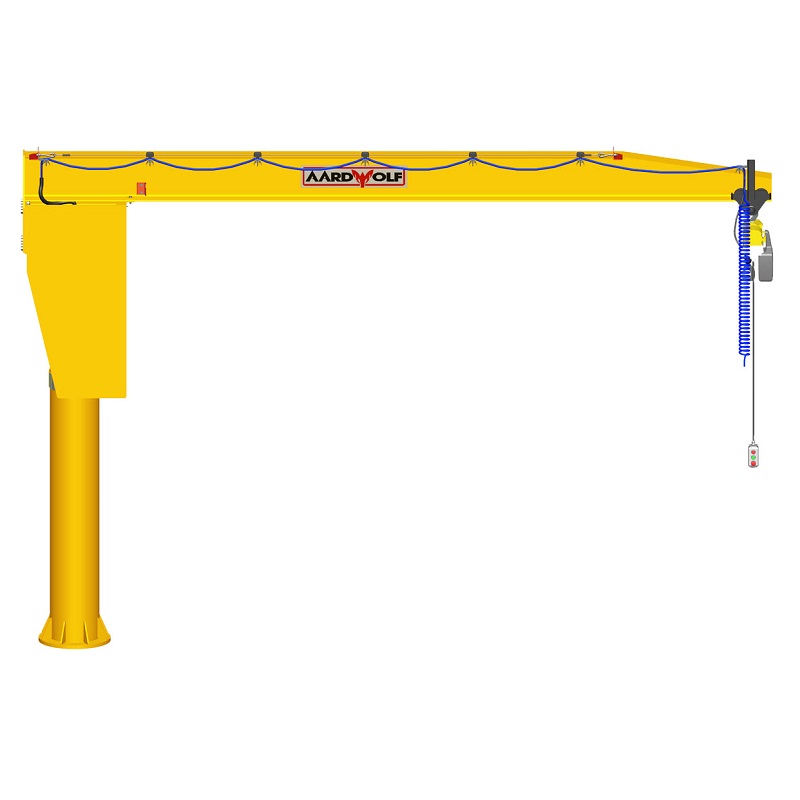


Please log in to leave a comment.